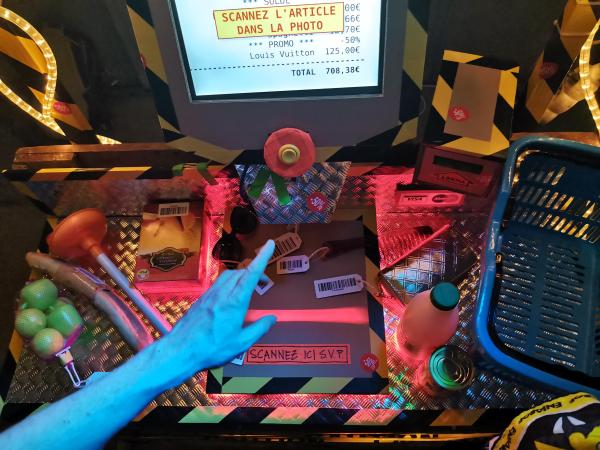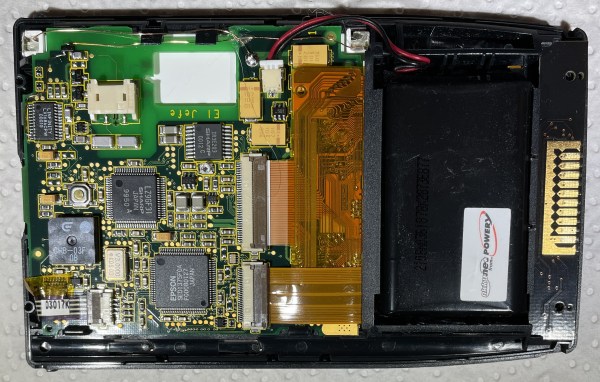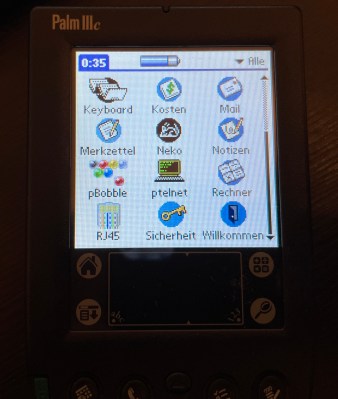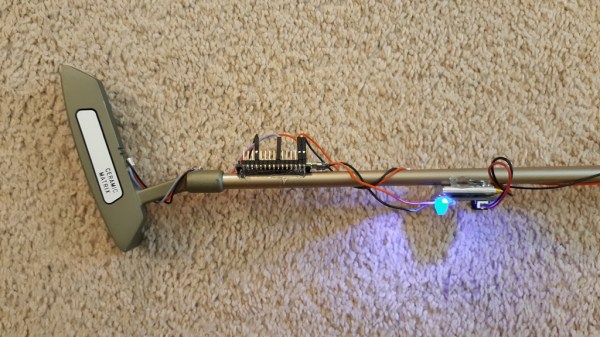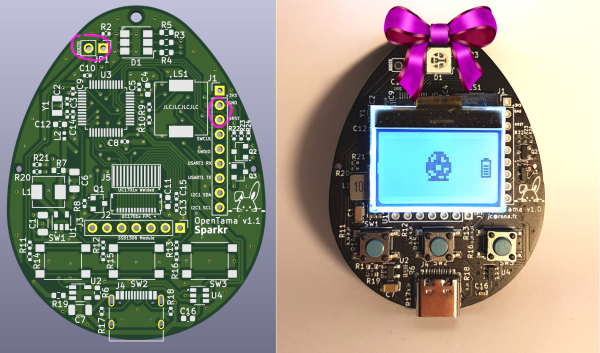Self-service checkouts have become a common feature in supermarkets the world over, a trend accelerated by the coronavirus pandemic. While some may lament the loss of human contact, others relish the opportunity to do their own scanning: with a bit of practice, self-service can provide for a very fast checkout experience. Assuming, of course, that the machine recognizes each product, the built-in weight sensor works correctly, and you don’t get selected for a random check.
If you want to practice your checkout game without spending loads of money, you might want to have a look at [Niklas Roy] and [Kati Hyyppä]’s latest project: Bonprix is a game where the goal is to scan as many items as possible within a 90-second time limit. Installed at the Eniarof DIY festival, it’s designed to resemble a typical supermarket checkout with a display, a barcode scanner and a shopping basket filled with random items. The screen indicates which item should be scanned next; if you’re too slow, the checkout will begin to offer discounts, which you obviously don’t want. When the 90 seconds are over, the machine spits out a receipt indicating your total score.
The checkout desk is made from wooden pallets and cardboard; inside is a laptop running Linux, with a handheld barcode scanner attached via USB. An LED strip provides a beam of bright red light to indicate the scanning area, and turns green when a barcode is successfully scanned. Arduinos control the LEDs and the big red-and-yellow “start” button, while a thermal printer from an ATM prints the receipts at the end of each game.
Apart from a bit of fun, the Bonprix project tries to address questions relating to consumer culture and self-checkouts: is it fair to let customers do their own work? Should they be paid for it? Is it even ethical to encourage people to spend as much as possible?
While this is the first time we’ve seen a self-service checkout computer game, we’ve done a few deep dives into the fascinating technology of barcodes that makes it all possible. Check this out!
Continue reading “Practice Your Shopping Skills With This Self-Service Checkout Game”

